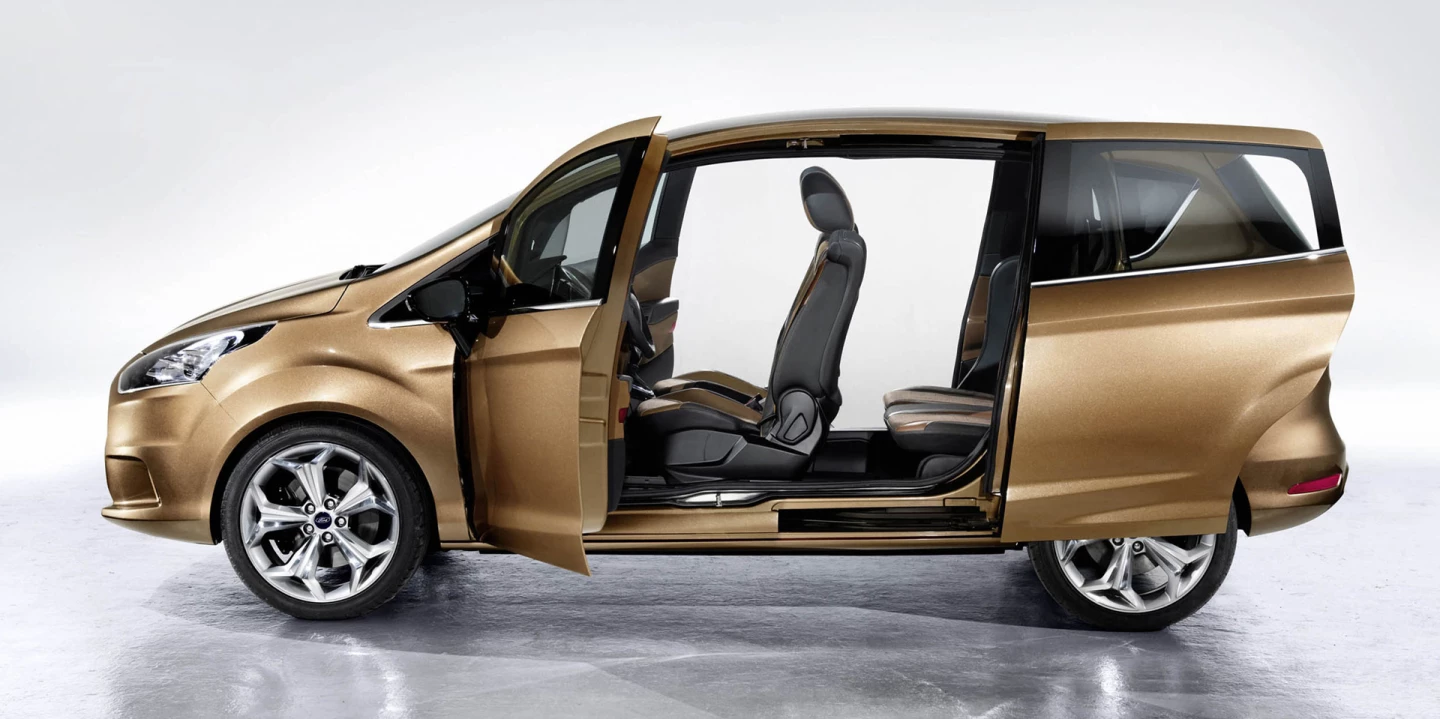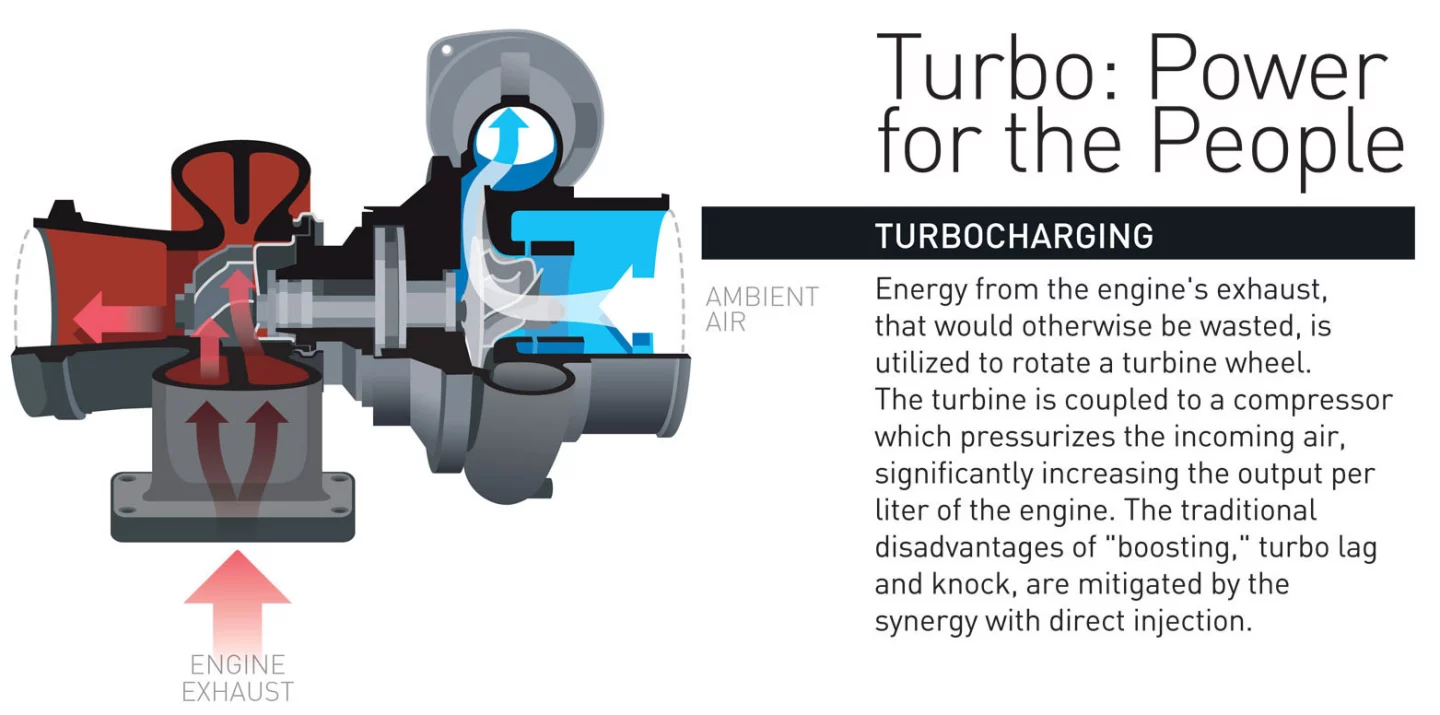It's a sign of the times that Ford is gearing up to launch the smallest capacity engine, with less cylinders than any it has previously produced. The new 1.0-liter EcoBoost will be launched globally in all small Ford cars, and in addition to recognized technologies employed by Ford in its EcoBoost engines, such as turbocharging, direct injection and twin independent variable camshaft timing (Ti-VCT), the new three-cylinder engine will have an offset crankshaft for improved fuel economy, a split cooling system that allows the cylinder block to warm up before the cylinder head, and the exhaust manifold is cast into the cylinder head to lower exhaust gas temperatures and save weight.
The one liter EcoBoost engine was first spied at the 2010 Beijing Auto Show in the Ford Start concept and this year featured in the Ford B-MAX shown at the 2011 Geneva Motor Show.

The EcoBoost 1.0-liter engine was designed at Ford's Dunton Technical Centre in the U.K. where engineers focused on improving thermal efficiency and reducing friction, particularly during warm-up when engines emit higher pollutant levels.

Though no specific figures have been released, Ford claims the new engine will deliver performance equivalent or better than most normally aspirated 1.6-liter petrol engines. Details of the new motor will be announced at this year's premier European auto show in Frankfurt.











